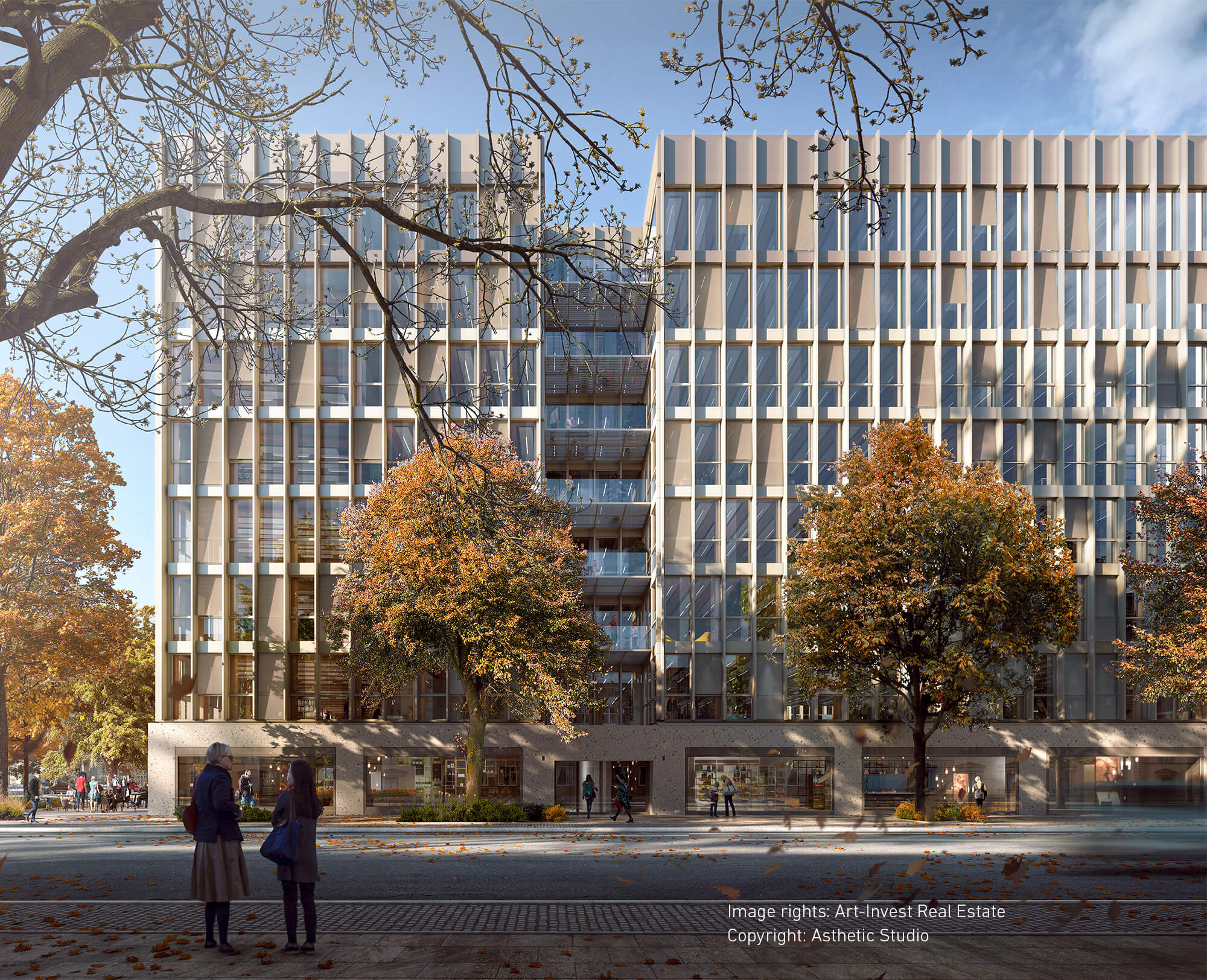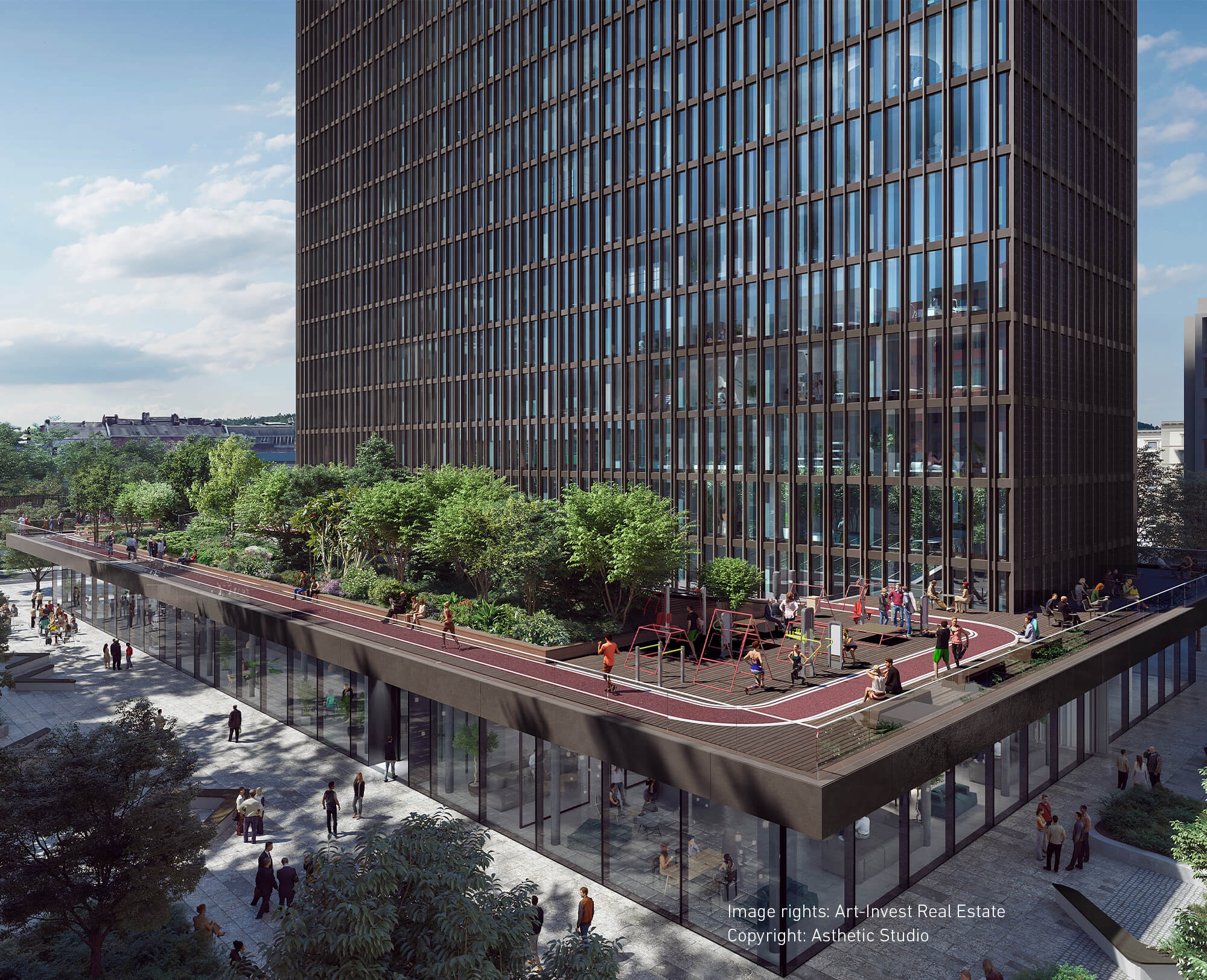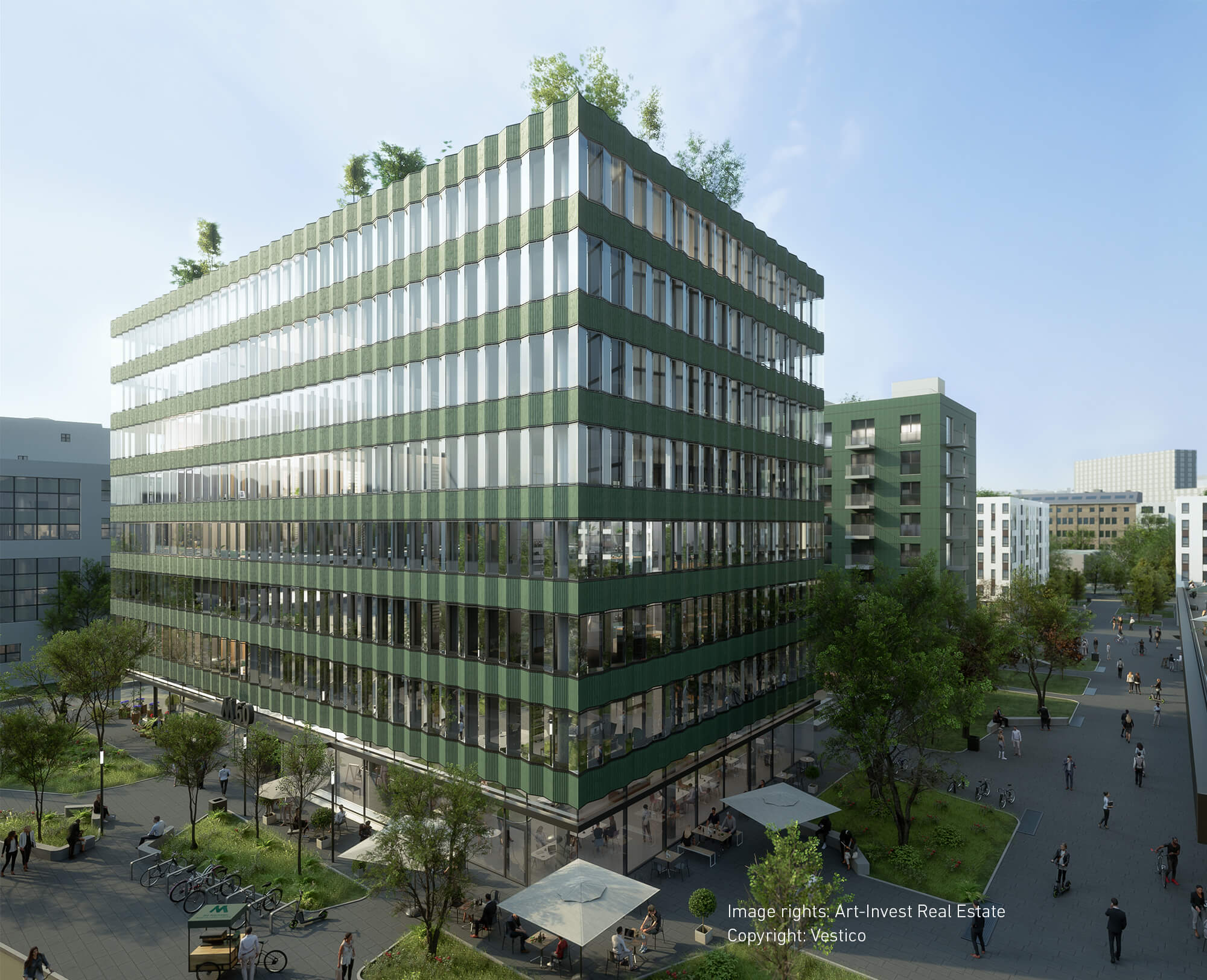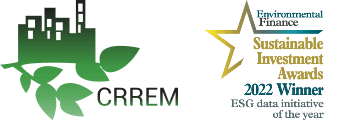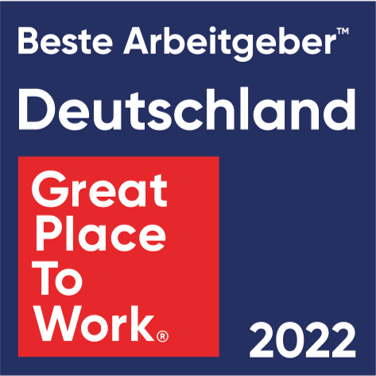ESG due diligence is a defined standard for every acquisition enabling attractive properties to be acquired with long-term marketability. Refurbishment requirements are included in an economic feasibility analysis to enable energy-efficient and sustainable properties to be realised.
Sustainability – A multi-dimensional word
Art-Invest Real Estate stands for long-term value creation in future-oriented real estate. As well as achieving economic success, we also strive to meet our responsibilities to our employees and business partners, to society as a whole and, of course, to the environment. We therefore developed a 4-pillar model of sustainability, which serves as the basis for our daily activities.
Our aim is to achieve sustainable growth and long-term economic success in developing and managing our products and services. As an owner-managed company we act as a fair, transparent and responsible partner.
- For our stakeholders we create attractive, modern and efficient properties in accordance with the latest standards.
- The interests of our investors are always incorporated in the management of the capital entrusted to us.
- Acting compliantly as part of effective corporate governance is very important to us.
We think and act responsibly, striving to reduce as well as offset any negative impact our business activities may have on the environment.
- Our development projects are actively contributing to improving our portfolio’s ecological and carbon footprint.
- Our active asset management is improving the efficiency of our portfolio properties.
- We are promoting digital technologies and innovative business models to conserve resources and increase the utility of our properties.
We take responsibility towards the community – we consider demands and needs as important factors within the context of our actions.
- We want to play a positive role in shaping urban districts and use our properties to create vibrant places for living, working, culture and leisure.
- We help our staff in their community involvement and actively support charitable causes.
- Our involvement in associations, committees and advocacy groups at local and national level helps establish and develop trends and standards
When dealing with each other, we act responsibly and appreciatively.
- We create inspiring and state-of-the-art working environments for staff and promote a corporate culture of respect and appreciation.
- This includes promoting the personal development and health of the individual and achieving a good work-life balance.
- We also focus on maintaining high social standards with our business partners.
Our goals

These goals are examples. All our goals can be found in our Sustainability Report.
In the area of environmental:
- Until the end of 2023, the offsetting of our emissions in business operations will be achieved through a financial contribution.
- To develop property-specific decarbonisation strategies and a reduction target for all properties by 2024.
- To equip managed properties with smart meters (heat, cooling, electricity, water) by the end of 2023 in order to establish a sound information basis.
- To set targets for reducing consumption once data has been established.
- Using a Green Lease Standard for all new lettings / re-lets from 2022.
- In 2022, we further developed and harmonised environmental standards.
In the area of social:
- To achieve high levels of staff satisfaction.
- Human rights are integral to all our business activities.
- We are all involved in the annual “Social Day” event.
- Social aspects are included in our projects and in the management companies by having specially reserved budgets for them.
In the area of governance:
- Sustainability issues affecting the entire company are managed by an ESG committee, who meet at least four times a year.
- In 2022, we established the basis for comprehensive use of GRESB as a reporting standard.
- We use ESG due diligence as standard in transactions.
These goals are examples. All our goals can be found in our Sustainability Report.
Our achievements
CO₂-equivalent emissions
Smart meter
Our involvement
Recommendation
OUR FAVORITE PROJECTS
Whether through Social Days, various sponsorships or the Christmas Tree of Wishes – it is close to our heart to be socially involved. If we have piqued your interest, you can find the details of our commitment in our Sustainability Report.
We have further developed our original Manage to Core strategy. With our Manage to Sustainability strategy, we are able to realise economical, future-proof properties that are operationally environmentally friendly and resource-saving, with the social aspects of users in their DNA from the very beginning. This increases value retention, efficiency, satisfaction, comfort and utility value.
From MTC to MTS!

ASSET LEVEL
- Factoring in economic efficiency using the Manage to Core approach (MTC)
- Measures for a property based on EU taxonomy requirements (Environmental 1 – Climate Protection)
- Developing efficient operations to conserve resources
- Active management for the further development of the property
- Taking social aspects into account according to project-specific requirements

FINANCING
- Compliance with regulatory requirements on the capital market for taxonomy-compliant real estate
- Compliance with the regulatory requirements for funding under the Disclosure Regulation
- Providing regular ESG reporting
- Providing the standard services of a capital management company (e.g. portfolio management, annual reports, etc.)
